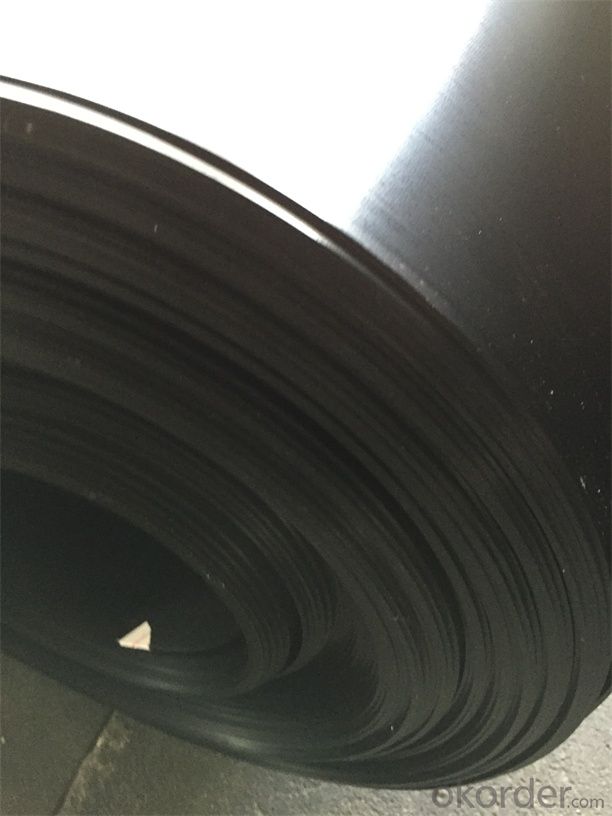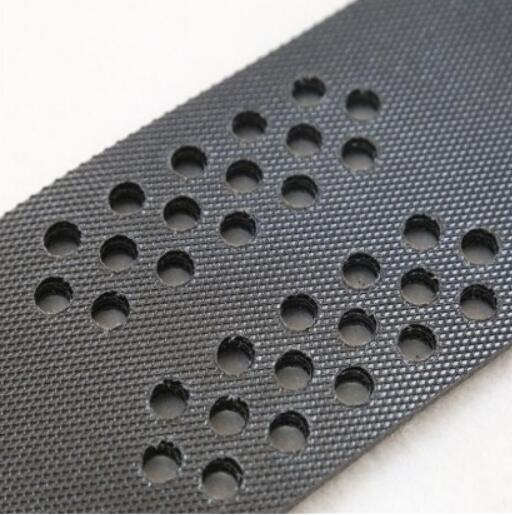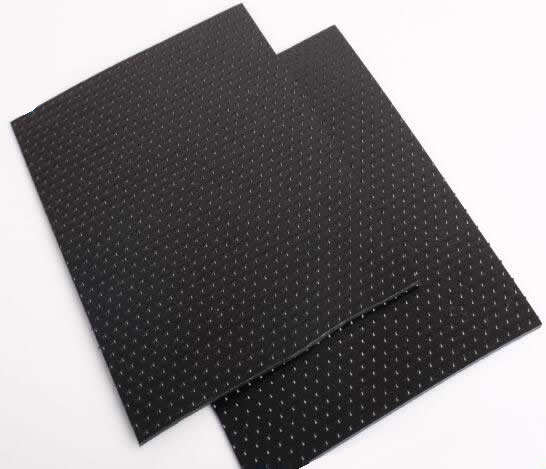- Understanding the Role of Geomembrane Liners in Waste Management
- Innovations in Geomembrane Liners for Water Management
- Geomembrane Liners: A Comprehensive Guide
- The Future of Geomembrane Liners in Civil Engineering
- Geomembrane Liners: Enhancing Landfill Stability
Manager:
WhatsApp:+86 177 0135 2670
Tel:+86 177 0135 2670
Email:marketing@okorder.com
Address:3rd Floor, No.2 Building, No.1 Sanlihe Road
The Installation Process of Geomembrane Liners
Geomembrane liners are an essential component in various construction projects, especially those related to environmental protection and water management. They are used to provide a waterproof barrier and prevent the leakage of contaminants into the surrounding environment. The installation process of geomembrane liners can be a complex task, but with the right knowledge and approach, it can be made much simpler and more efficient. In this article, we will explore the steps involved in installing geomembrane liners, the challenges faced, and some tips to ensure a successful installation.

Understanding the Basics
Before we dive into the installation process, it's important to understand what a geomembrane liner is. A geomembrane is a flexible, thin layer of material, usually made of high-density polyethylene (HDPE), which is used to create a barrier against water and contaminants. These liners are commonly used in landfills, reservoirs, canals, and other applications where water or chemical containment is necessary.
Why Choose a Geomembrane Liner?
One of the main reasons to choose a geomembrane liner is its durability and resistance to various environmental factors. They are designed to withstand extreme temperatures, UV radiation, and chemical exposure, making them a reliable choice for long-term projects. Additionally, geomembranes are relatively easy to install and maintain, which can save time and resources in the long run.
Preparation for Installation
The first step in the installation process is to prepare the site. This involves clearing the area of any debris, vegetation, or rocks that could potentially damage the liner. The ground should be leveled and compacted to ensure a smooth surface for the liner to lay on. Proper drainage should also be considered to prevent water from pooling on top of the liner.
Selecting the Right Material
Choosing the right material for your geomembrane liner is crucial. The selection process should take into account factors such as the type of project, the chemicals or substances that will be in contact with the liner, and the expected lifespan of the project. It's also important to consider the permeability and tensile strength of the material to ensure it meets the requirements of the project.
Rolling Out the Liner
Once the site is prepared and the material is selected, the next step is to roll out the liner. This should be done carefully to avoid any wrinkles or folds that could lead to leaks or damage. The liner should be unrolled slowly and aligned with the edges of the project area. It's also important to overlap the sheets of the liner to ensure complete coverage and prevent any gaps.
Securing the Liner
After the liner is rolled out, it needs to be secured in place. This can be done using various methods such as anchoring with weights, using anchor trenches, or employing mechanical fasteners. The choice of method will depend on the specific project requirements and the type of material used for the liner.
Seaming the Liner
Seaming is a critical step in the installation process as it ensures the integrity of the liner. There are different methods of seaming, including heat welding, extrusion welding, and adhesive bonding. The choice of method will depend on the material and the specific project requirements. Proper seaming is essential to prevent leaks and ensure the longevity of the liner.
Testing the Liner
After the liner is installed and sealed, it's important to test it for leaks. This can be done using various methods such as the vacuum box test, the electrical leak detection test, or the water leak test. Testing helps to identify any potential issues before they become bigger problems.
Maintenance and Inspection
Regular maintenance and inspection of the geomembrane liner are crucial to ensure its longevity and effectiveness. This includes checking for any signs of wear, damage, or leaks and addressing them promptly. Proper maintenance can help extend the life of the liner and prevent costly repairs or replacements.
Challenges and Solutions
While installing a geomembrane liner can be a straightforward process, there are challenges that may arise. These can include issues with the substrate, difficulties in seaming, or problems with the liner material itself. However, with proper planning, the right tools, and a skilled team, these challenges can be overcome.
The Future of Geomembrane Liners
As technology advances, the use of geomembrane liners is expected to grow. New materials and installation techniques are being developed to improve the efficiency and effectiveness of these liners. The future of geomembrane liners looks promising, with potential applications in various industries and projects.
In conclusion, the installation process of geomembrane liners, while complex, can be made manageable with the right approach and understanding. By following the steps outlined in this article, you can ensure a successful installation that will provide a reliable barrier for your project. Remember, the key to a successful installation is proper preparation, careful execution, and regular maintenance.
- Previous:The Environmental Impact of Geomembrane Liners
- Next:The Selection Criteria for High-Quality Geomembrane Liners
-
2024-12-05Geomembrane Liners: A Comprehensive Guide






